Happy Father’s Day 2021, Here’s How to Treat Dad to a Massage!
Sunday, June 13, 2021
Welcome to my Self-Care Sunday’s B.R.E.A.T.H.S. blog post. Last month during Mother’s Day, I discussed the top five reasons self-care is important, followed by 10 tips you can do to maintain proper self-care, and five ways to help mom with self-care. All the tips for moms, also work for dads, and this week I am going to focus on massages. There are several different types of massages and things to consider before making that massage appointment or buying that massage gift certificate.
What is Massage?
Massage is the process of adding pressure, rubbing, kneading, and manipulating the muscles and other connective tissues (Mayo Clinic, 2021). Previously available through upscale companies and is now widely offered just about everywhere from malls, businesses, outdoor markets, airports, hospitals, concerts, and recently out of personal homes due to Covid-19 restrictions. Massages are a great self-care method that have a variety of benefits such as helping you relax, reducing stress, relieving pain, increasing circulation, lowering heart rate, building immunity, and improving sleep (Mayo Clinic, 2021). This type of therapy is good for most people at any age, but especially aids in helping those with chronic pain and mental health disorders. Below I review over twenty different types of massage styles, their focus, and who they might be good or not good for.
Personal Massages
These are exactly what the name implies, a massage you can do for yourself or others on a more personal and intimate level. Massages with hands or personal massage devices can help relieve stress and tension. Adding massage oils can also help. Spark up the mood with ambiance such as some relaxing music, candles, extra pillows, and warm towels. Below are some specialized massages that one can do alone, with the use of an assistive device, asking a loved one, or by hiring a professional:
- Acupressure (different from trigger point therapy)
- Target trigger points with fingers, pen, or special canes are available (Acupuncture uses needles)
- Focuses on unblocking qi or chi with fingers or other tools
- Good for alleviating muscle tension in specific areas of the body, headaches, cramps, nausea, and stress
- Not good for people who have open sores, varicose veins, bruises, or swollen areas
- Hand
- Massage intended for hands and lower arms
- Focuses on pressure points in the hands
- Good for relieving sore hand muscles or people who have hand surgery
- Not good if hands have open sores or bruises
- Head
- Massage intended for head and neck
- Focuses on pressure points on the head and trigger points on the neck
- Good for relieving headaches, migraines, and stiff neck
- Not good for people with sensitive scalps, open sores, or bruises
- Foot
- Massage intended for feet and lower legs
- Focuses on pressure points and regions of the feet to relieve pains in feet and other parts of the body
- Good for people who work on their feet, walk/stand for long periods, runners and other athletes
- Not good for people who have open sores, varicose veins, bruises, or swollen areas
- Electric Massage Chair
- Person sits in electric massage chair and manages preferences
- Quick massage controlled by individual, intended for shoulders and back
- Good for a massage on the go, usually located in busy public areas
- Not good if you need specific treatment or special muscle relief
- Myofascial Release Therapy (MRT)
- Person uses foam roller, Yamina ball, or small ball for active (tight muscles) or passive (relaxed muscles) relief
- Rolls the tool in affected areas to releasing tight fascia connective tissue build up
- Good for people like me with EDS/HEDS, fibromyalgia, arthritis, rheumatoid arthritis, athletes, or anyone wanting to roll out muscle tension or knots
- Not good for people who are sensitive to pressure or cannot easily get up and down from the ground when using the foam rollers or Yamina ball (suggest using small ball such as: tennis ball, racquetball, or golf ball against the wall while standing up)
- Trigger Point (different from acupressure)
- Uses direct pressure into the fascial layers for instant relief
- Focuses on deactivating trigger points in the body causing pain and muscle tension
- Good releasing mild or severe tension build up and intense pain
- Not good for people who cannot stand intense pain
Professional Massages
Massage therapists are trained specialists (licensed, certified, or registered professionals) who can offer a wide variety of techniques based on the style, pressure, relaxation, and pain management. Professional massages range in style, focus, time, and cost. Below is a list of different types of professional massage therapies:
- Aquatic Bodywork Therapy
- Several different types of uses of water for massage therapy
- Performed with water and usually during aquatic or hydro-therapeutic exercises
- Good for people who have trouble walking or with low range of bodily motion, instability or imbalance
- Can be used for low impact exercises by anyone
- Aromatherapy
- Masseuse uses essential oil diffusers
- Gentle massage combining diluted essential oils
- Good for boosting mood, relieving stress, and reducing pain
- Not good for people sensitive to smells or essential oils
- Ashiatsu (Indian)
- Masseuse uses oils and bare feet and legs while holding onto ceiling rope or bars
- Focuses on using compression to relieve back muscle tension
- Good for tight back muscles
- Actually recommended for people with sensitive skin
- Burmese
- Masseuse uses elbows to apply acupressure and knock affected points, uses hands to knead muscles
- Focuses on releasing tension and muscle knots
- Good for relieving tight muscles, blood flow restriction, and improved sleep
- Can be good for anyone with tight muscles
- Chair
- Masseuse uses chair instead of table
- Quick light or medium massage intended for shoulders, neck, and back
- Good for a massage on the go or to be introduced to massage
- Not good if you need specific treatment or special muscle relief
- Couples
- Intended for two people to be massaged in the same room
- Usually a variety of massages each person can choose from
- Good for couples or family members wanting to share a relaxing time
- Not good if you want privacy or your own room
- Craniosacral Therapy (CST)
- Mostly performed by professional doctors or trained physical therapists
- Non-invasive therapy combining discussion with patient about sources of pain, and massaging techniques focusing on the head, torso, knees, and feet
- Good for people with aneurysms, migraines, traumatic injuries, chronic pain, recent concussion, PTSD, or post surgery
- Good for anyone at any age
- Cupping
- Masseuse applies suction cups to the skin in affected area
- Dry – most common, plastic cup is latched to skin
- Fire – glass cups, can move with massage oil
- Wet – least common but popular among Islamic people, creates small incision to draw blood (wet), blood held in place with cup
- Suction cups pull blood to the surface and increases blood flow
- Good for relieving muscle tension in specific areas for short term relief
- Not good for people who have sensitive skin, easy bruising, diabetes, or bleeding disorder
- Masseuse applies suction cups to the skin in affected area
- Deep Tissue
- Masseuse applies pressure to deepest layers of muscles and connective tissue
- Hardest massage combing slow deep strokes in affected areas
- Good for built up muscle tension or chronic muscle pain
- Not good for people with overly sore muscles or sensitive to pressure
- Hot Stone
- Masseuse uses hot stones along with hands
- Therapeutic massage that improves blood flow
- Good for easing muscle tension, relieving stress, and reducing pain
- Not good for people sensitive to heat
- Hydromassage
- Specialized bed that uses hot or cold water and pressurized jests
- Non-invasive therapy that uses water pressure to stimulate muscles and soft tissue
- Good for relieving body aches, muscle tension, and increased circulation
- Not good for people with injured joints or bones
- Lomilomi (Sacred, Ancient Hawiian/Polynesian)
- Masseuse follows the 7 Shamanic Principles, uses hands long flowing deep strokes towards the heart with loving touch and sweeping motion on tight joints, also uses intention cards, breathwork, and Gua Sha stones
- Focuses on moving energy to release tension and muscle knots
- Good for relieving minor aches and pain or experiencing sacred massage
- Can be good for anyone
- Medical
- Medical doctor or physical therapist will use a variety of massage techniques
- Focuses on specialized massages for biomechanical (BMS), craniosacral therapy, osteopathy, biodynamic decongestive therapy, and cancer patients
- Good for medical patients or people with chronic medical conditions
- Can be good for anyone
- Prenatal
- Masseuse uses special table designed for pregnant women
- Focuses on applying pressure to the lower back, hips, and legs
- Good for reducing body aches, relieving stress, and easing muscle tension
- Not good for women in the first trimester or people who are not pregnant
- Reflexology
- Masseuse uses hands for firm but gentle pressure on ten different zones
- Focuses on pressure around the feet, hands, and ears
- Good for relaxing and people who do not want their entire body touched
- Not good for people seeking full body massage
- Shiatsu (Japanese)
- Masseuse use hands to gently massage the full body
- Focuses rhythmic pressure around the body and areas that need extra attention
- Good for promoting relaxation, relieving stress, and reducing minor tension
- Not good for people who want more therapeutic or deep tissue massages to release major tensions
- Sports or Active Release Therapy (ART)
- Massage intended for athletes who have sport related muscle injuries
- Focuses on relieving pain or muscle tension, releases scar tissue build up, and preventing future injuries
- Good for people who are prone to repetitive muscle injuries, want to increase flexibility, or who are highly active with their bodies
- Not good for people who are not highly active
- Swedish
- Masseuse uses hands for kneading, long flowing strokes towards the heart, deep circular strokes, tapping, and slow movement of joints
- Focuses on releasing tension and muscle knots
- Good for relieving minor pain and relaxation
- Not good for people who don’t like their entire body touched
- Thai
- Masseuse uses invasive techniques such as stretching and twisting that work the entire body, and applies hands or feet for firm pressure, some may use ceiling support for hand grips while walking on the back
- Focuses on improving flexibility, blood flow, and energy levels
- Good for stretching tight muscles and prefer active massages
- Not good for people who want to relax and not move
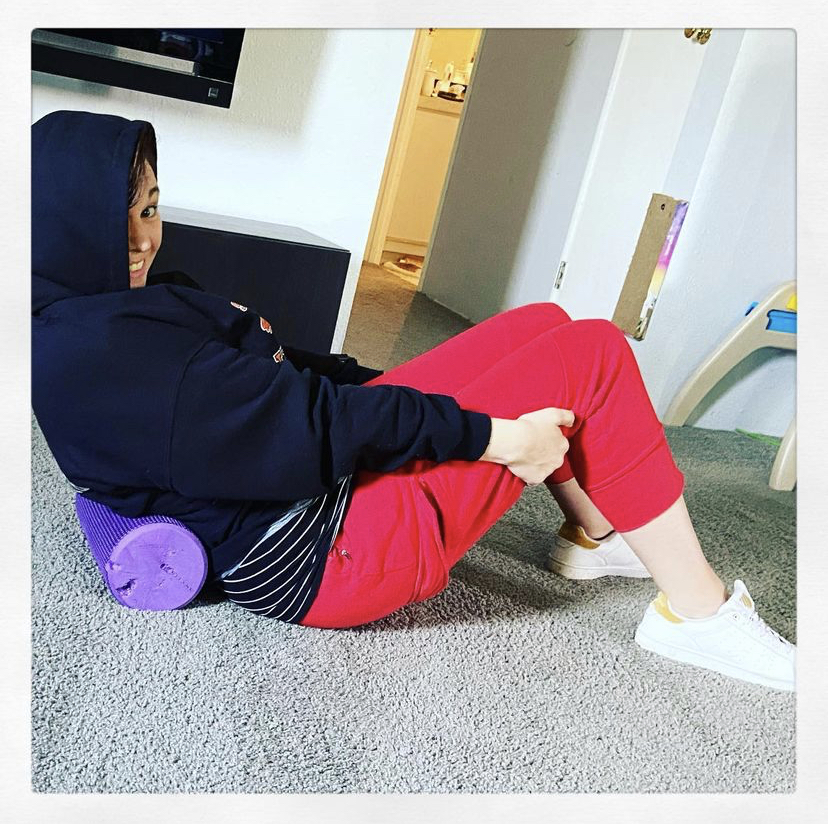
Extra Massage Pointers and Tips
- Massage times will vary based on type and amount needed to reduce pain, usually ranging anywhere from 10 to 90 minutes
- Some massages require clothes being removed, while others you can remain fully clothed, it really depends on your preference and whether you are in a private or public massage room
- Some places will have scented candles, incense, or oil diffusers (you can ask it to be removed if you are sensitive to scents)
- Most places play massage music or nature sounds, some therapists may include talking, you can discuss your options with your desired professional
- Most places have low light
- Some people are so relaxed they fall asleep, that is okay
- Talk to your massage therapist about your preferences on pressure, use of oils or scents, any specific areas needing attention, and if you need extra pillows, towels, or support
- Drink LOTS of water, massages push a lot of toxins out and also lactic acid buildup which can cause stiffness or soreness the following day
- Be sure to generously tip your massage therapist (recommend 15% – 25%)
- For people with chronic pain, I recommend getting assistive massage devices to relieve your daily symptoms
- *The massage information in this post combines a variety of sources, personal experiences, and references listed at the end; this has not been medically backed.
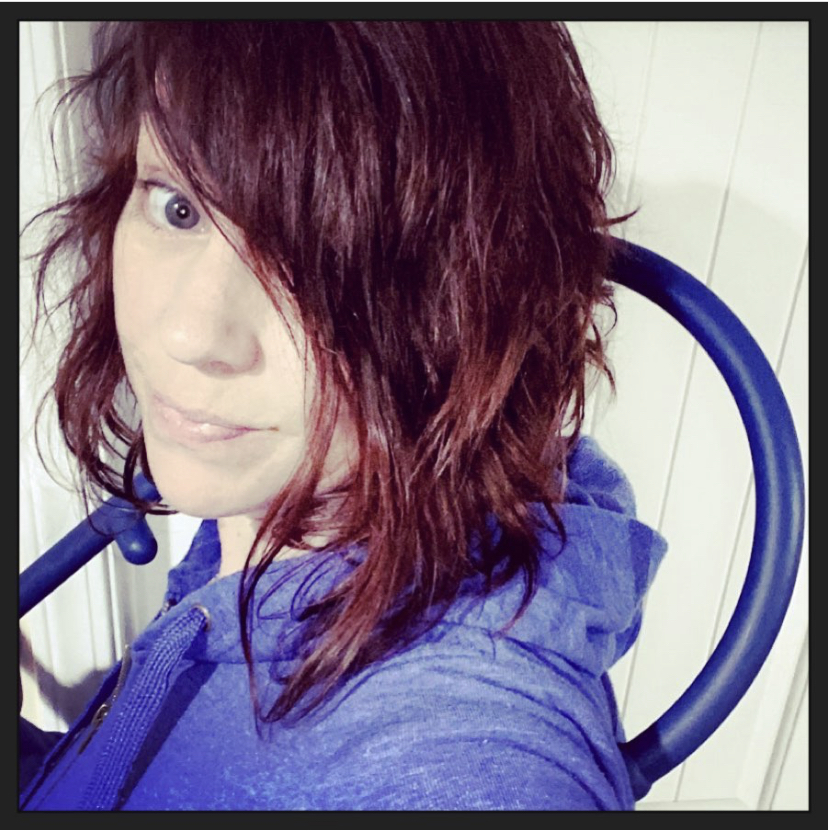
Conclusion
Self care is extremely important because the more you love yourself, the better you can love everyone else, and be a good role model for your loved ones, too. Massages can be performed on oneself, for a loved one, or by a highly trained specialist. Anyone can get a massage for a variety of reasons, however, if you have underlying health conditions, it is best to consult your doctor to see if massages are good for you. Consider getting dad a massage for Father’s Day!
Thank you for reading and viewing,
Dr. Jaime Brainerd, Ed.D.
*Disclaimer: I am not a medical professional and I am not giving any medical advice. My doctorate is in educational leadership and technology. I am a health enthusiast who feels that sharing health-related information I learn about myself might help others heal themselves as my mentors, teachers, practitioners, and favorite authors have taught me. If you have serious health conditions, please consult your primary care physician before any massage procedures.
References:
Cherney, K. (August 12, 2020). What you need to know about hydromassage. Healthline. Retrieved from https://www.healthline.com/health/what-is-hydromassage
Cronkleton, E. (November 14, 2018). What are the different types of massages? Healthline. Retrieved from https://www.healthline.com/health/types-of-massage
Mayo Clinic Healthy Lifestyle Stress Management. (January 12, 2021). Massage: Get in touch with its many benefits. Retrieved from Mayo Clinic https://www.mayoclinic.org/healthy-lifestyle/stress-management/in-depth/massage/art-20045743
Muller, J. (April 28, 2019). 20 most common types of massages and their benefits explained. Ergonomic Trends. Retrieved online from https://ergonomictrends.com/common-types-massages-benefits/
Sol Bodywork. (November 11, 2019). Sacred Lomi at Sol Bodywork. Sol Bodywork, Seattle. Retrieved from http://www.rainorshineguides.com/blog/2019/11/11/sacred-lomi-at-ritual
Wong, C. (April 6, 2020). The benefits and uses of acupressure. Very Well Health. Retrieved from https://www.verywellhealth.com/the-benefits-of-acupressure-88702

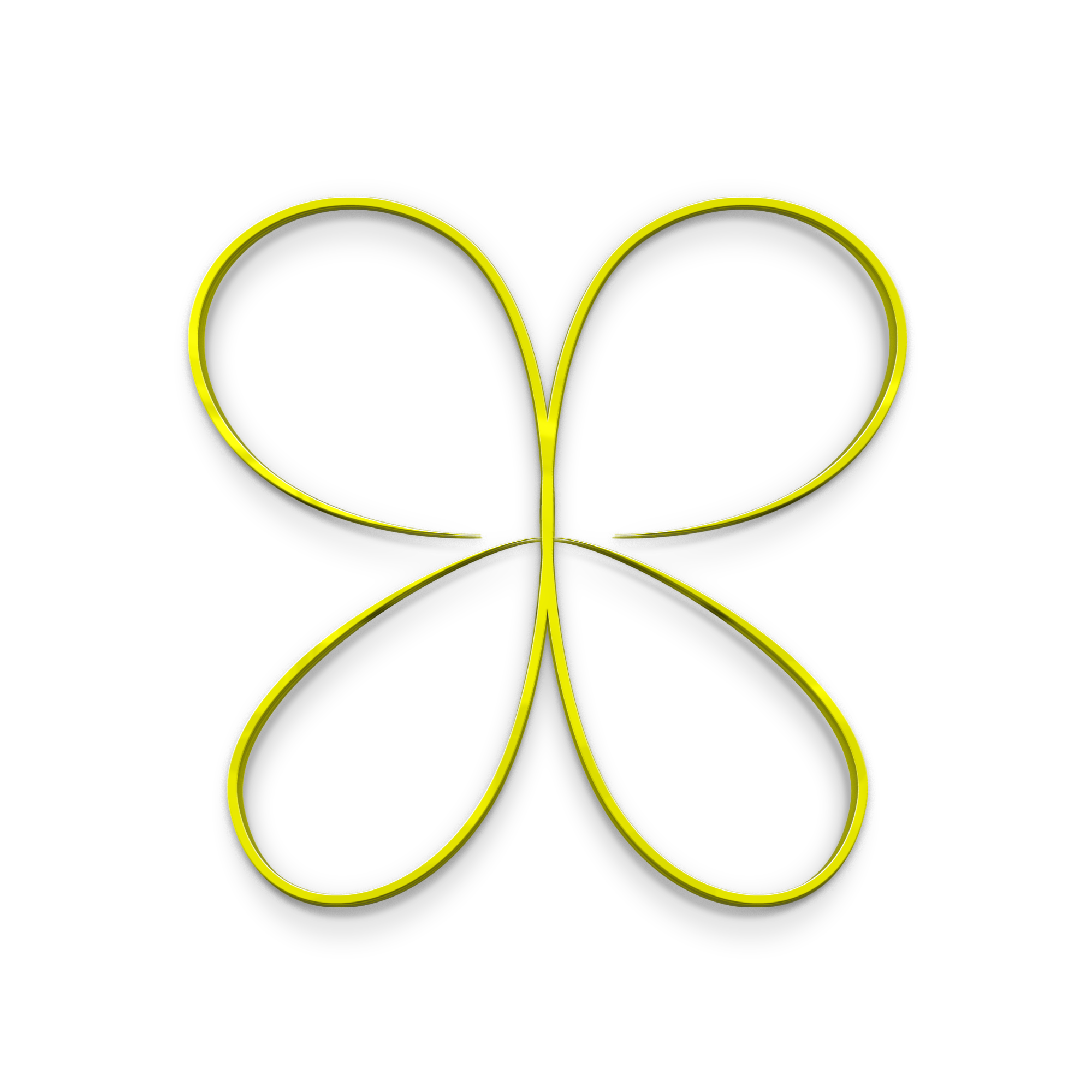
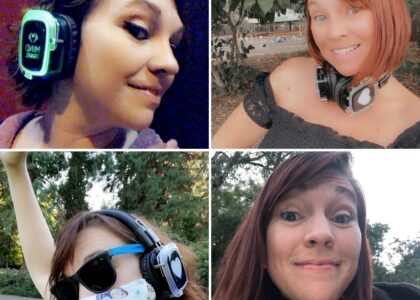
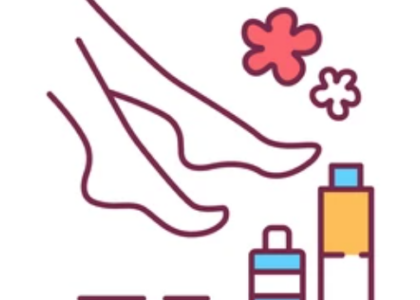

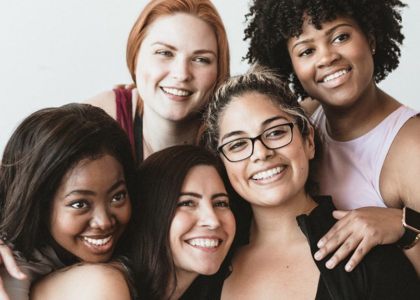
What a great list of massages! My hubby has back and neck pain from his RA and I try to massage the areas of his neck and shoulders often. His shoulder muscles are so tense but it’s hard for him to take even 10 minutes for me to give them a good massage. I’ll definitely be trying some of the other methods you shared! Thank you!